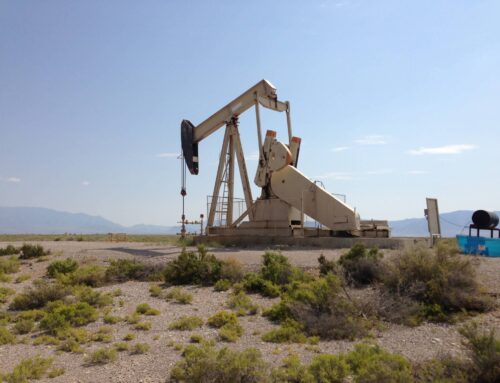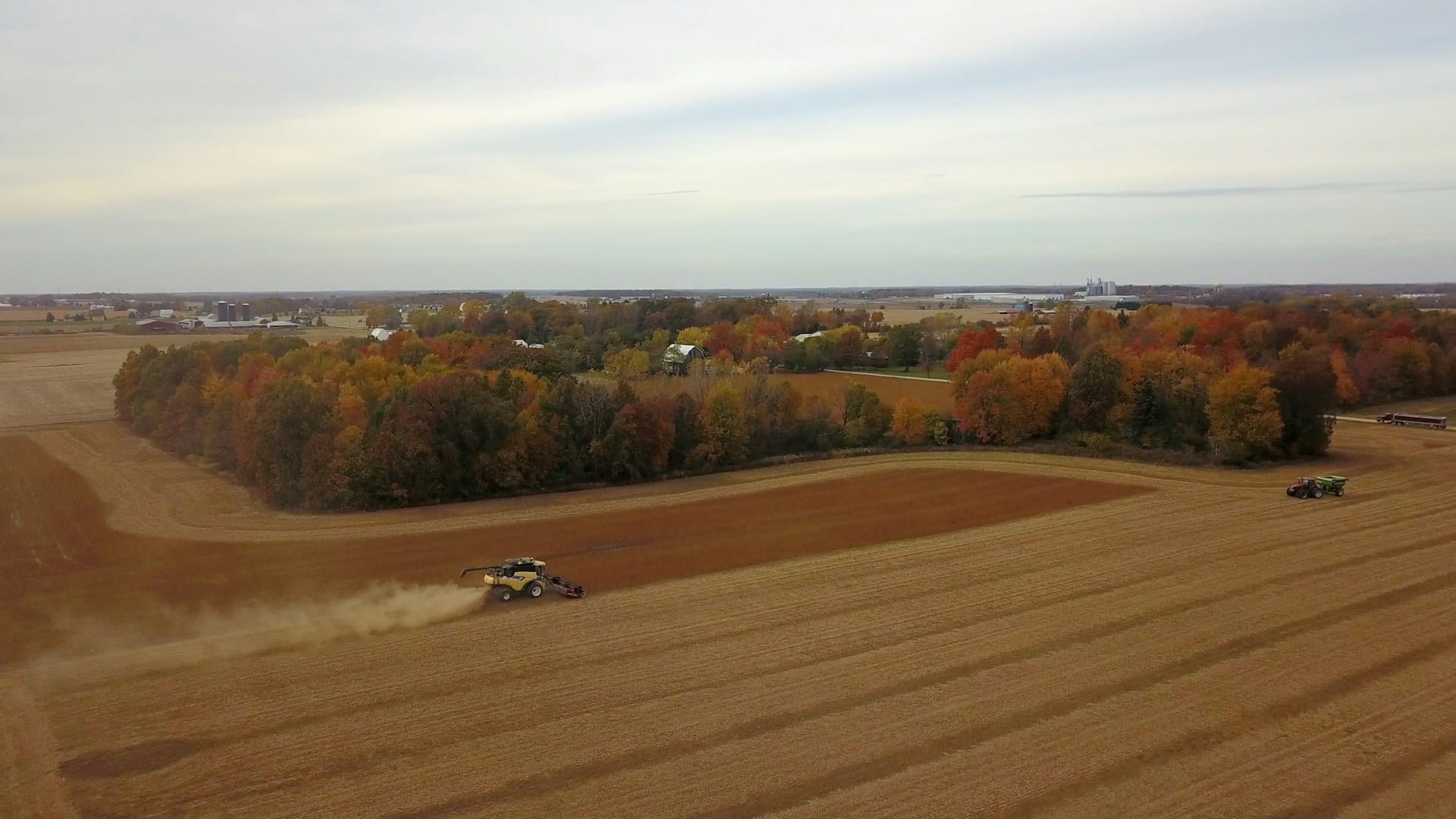View/Download this article in PDF format.
In January, the Secretary of the Interior directed the Bureau of Land Management (BLM) to conduct a broad, programmatic review of the federal coal program to identify and evaluate potential reforms.
The goal of BLM’s review of the federal coal program—from the designation of lease tracts to the reclamation of abandoned mines—should be to create a program that strives for transparency and fulfills the fiduciary responsibility of the Department to manage these public resources on behalf of taxpayers.
Key Elements of Reform
Competition for Federal Leases
- The predominant leasing process currently used by the BLM does not obtain fair market value for taxpayers.
- According to GAO, of the 107 tracts leased between 1990-2012, about 90 percent involved a single bidder, which was generally the company that drew the tract.
- This is not the system of federal coal leasing envisioned by Congress.
Better Value for Coal
- BLM’s attempts to estimate the fair market value of federal coal have failed to replace competition as the best way to ensure a fair return.
- For the 105 federal coal lease sales from 1991 to 2014, which account for 8.9 billion tons of minable federal coal, the successful bids for these leases (many of which were the only bids) averaged $0.38 per ton.
- By contrast, U.S. utilities reported buying coal to produce electricity at an average of more than $40 per ton from 2009-2013.
More Transparency
- There is too much secrecy: public does not know what coal is worth, how much getting paid
- The data and methodology BLM uses to calculate the fair market value are not publicly available, making it difficult for the public to verify the adequacy of BLM’s estimates.
- The Washington Office of BLM cannot provide statistics on the number of leases with reduced royalties, the rates involved, and the amounts of royalties foregone.











Get Social